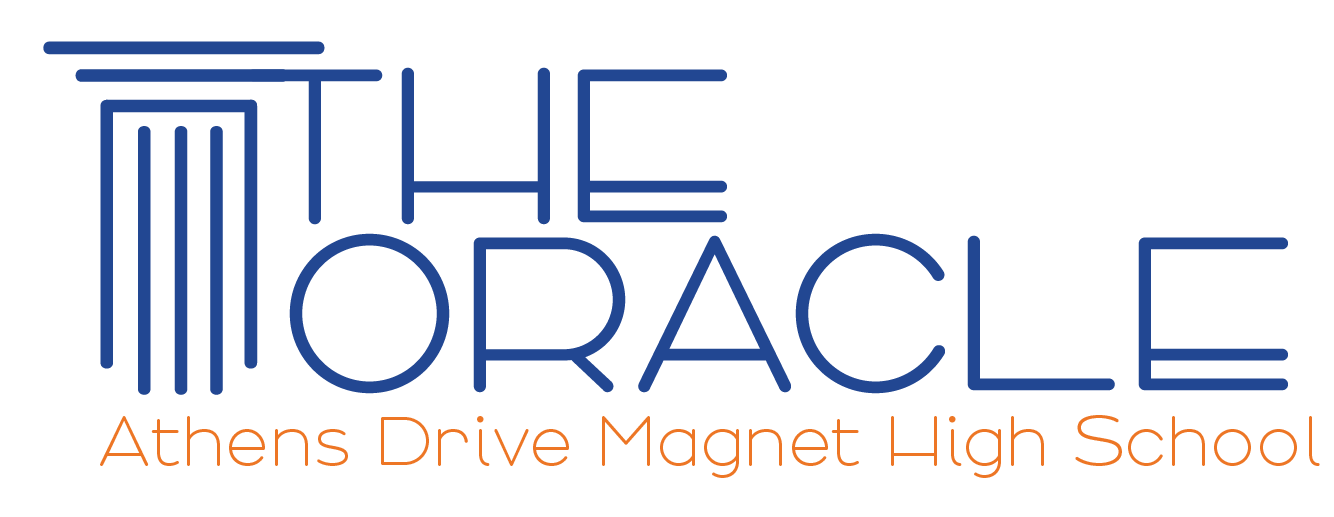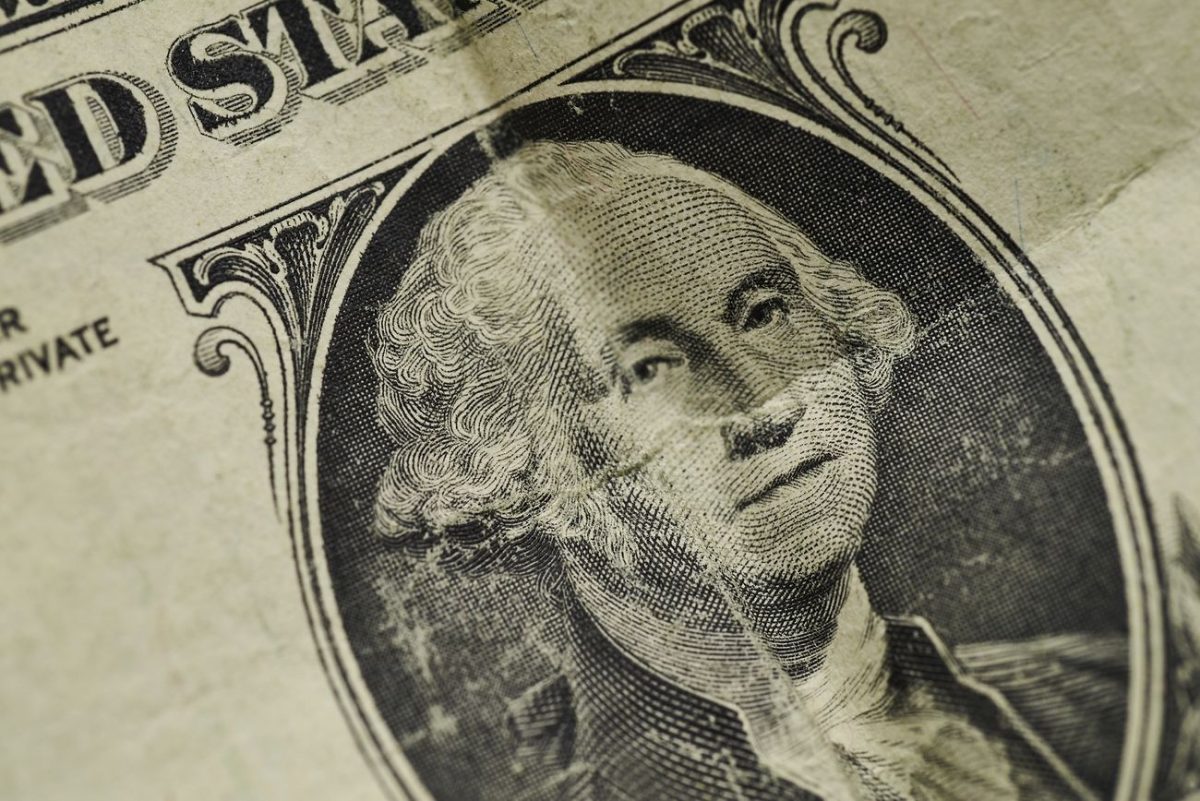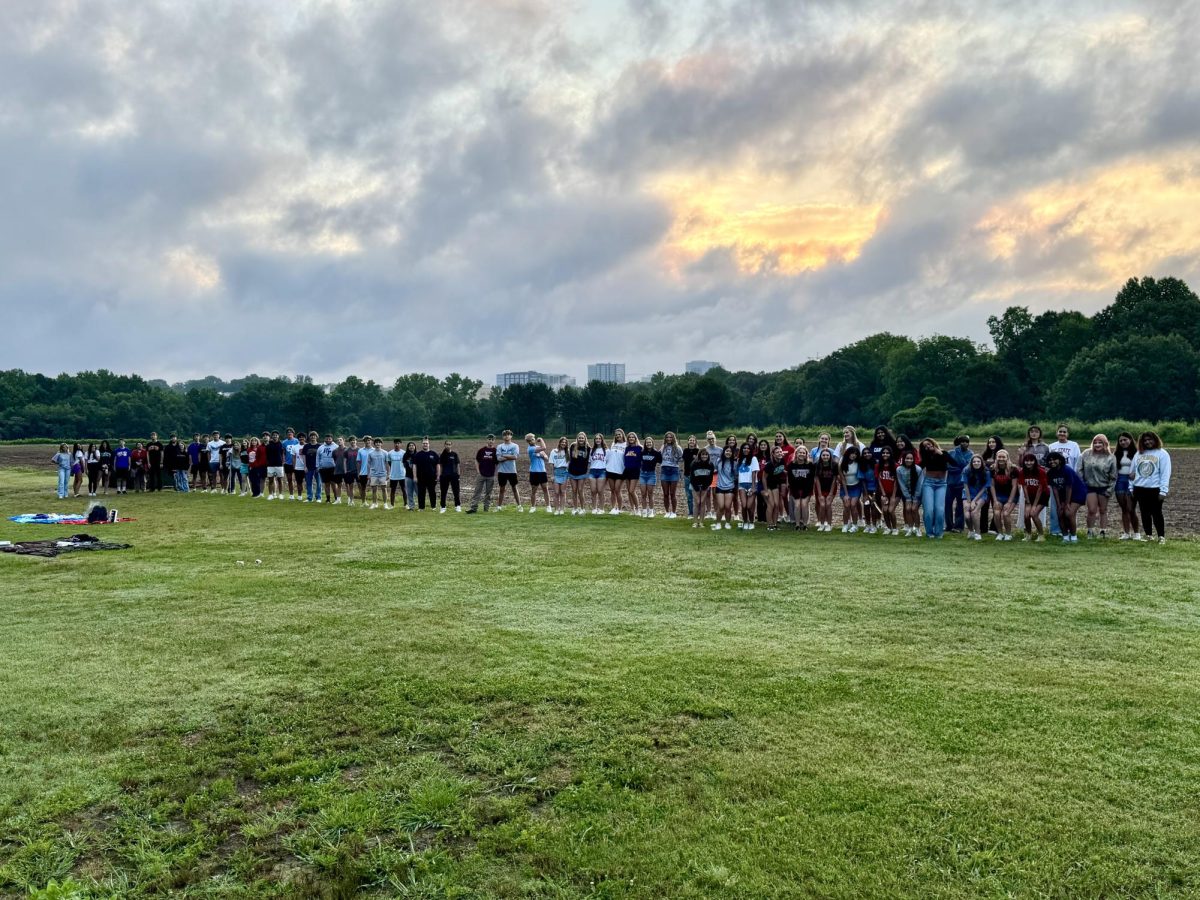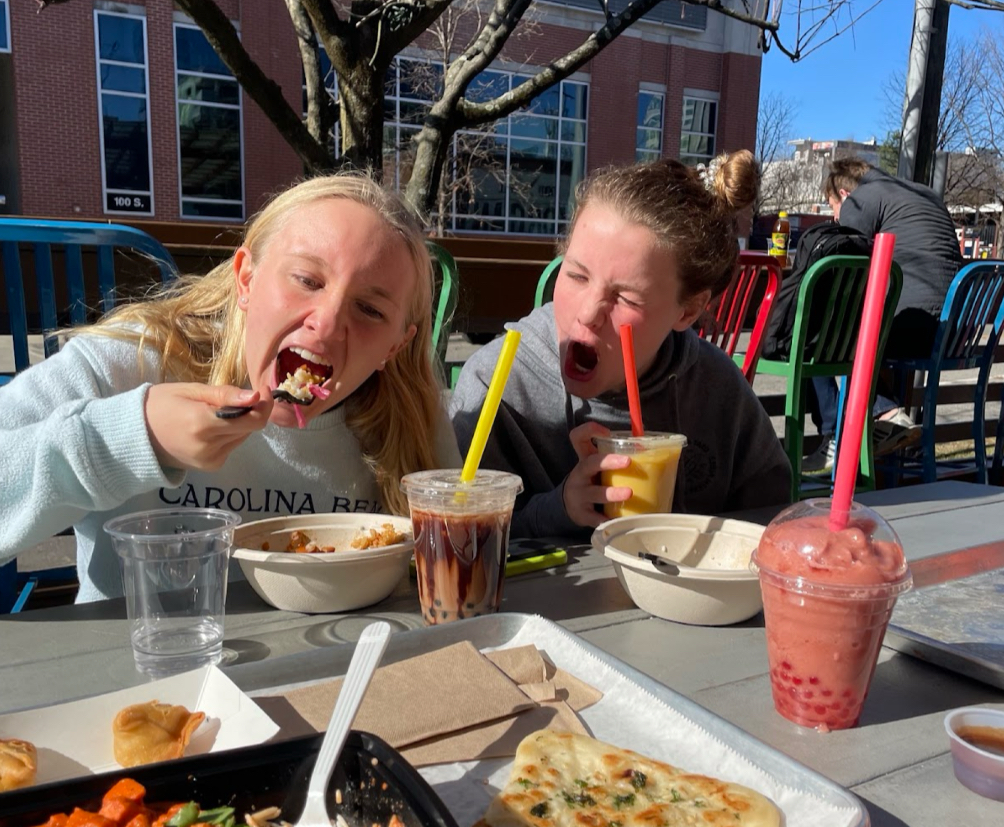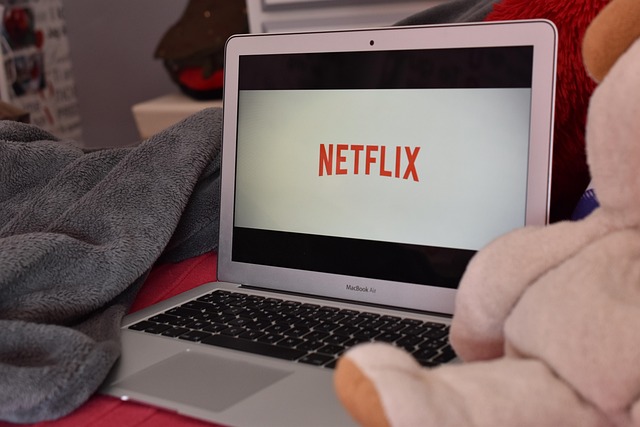Lack of intersectional feminism in mainstream feminism contributes to erasure of necessary representation
In a society where the movements of burning your bra and not shaving your legs is taking over the Internet, the past few years have been going pretty well for women. We are getting taken a little more seriously, getting shown more in film and becoming less sexually objectified and more socially empowered. All of these matters are great, among many others, but the problem is – who are these movements really helping?
The term “white feminism” has become such a huge debate within the feminist community that it is once again keeping demographics apart, but rightfully so. Not being shamed for wearing a short dress and high heels is any girl’s dream; the only problem is that it is seen as okay for typically thin, white women to speak out within these movements, but when a plus-sized or woman of color does the same, it goes wrong. To clarify, white feminism does not actually have to do with race, but rather it is the views on feminism based on the privilege that white women face over others.
For example, white feminism is the blatant disregard for social divides and culture. A white woman can go to a protest with no shirt on and preach about how Muslim women are oppressed while simultaneously not actually doing research about women and Islam, and women who are Muslim. White women can say that women should be allowed to have as much sex as they want without being ridiculed, without mentioning that black women are inherently seen as hyper-sexual beings with no available redemption due to century-old racist and disgusting stereotypes.
White feminism also includes the erasure of those in the LGBT+ community, women of color, or basically any minority group. These are the women in charge of the “Free The Nipple” and “Slut-Walk” campaigns, ridiculing those who do not want to get naked, or those who do not want to have sex, saying that they feel this way because of the men that are oppressing them.
This is not to say that these campaigns are bad thing; it is good that women are feeling empowered enough about their bodies to be able to speak out about it. However, they also fail to mention the male rape victims that need feminism, or the transgender women, or those who are asexual and do not want to be “sexually empowered”, or the black women who get burdened with the “angry black woman” stereotype when they speak out about their injustices.
If one were to include all of those minority groups in their feminism, they would rightfully be called an “intersectional feminist.” Intersectional feminism is exactly what it sounds like – the all-inclusive version of feminism that advocates for those exact minorities that already suffer from lack of representation in all areas. When it comes down to it, feminism should not be exclusively for white, cisgender and privileged heterosexual women that are disappointed they are not allowed to go shirtless at the beach. Feminism is a movement that everyone needs, from young boys to an asexual transgender woman; not just those who can live their life without really noticing there is something off about how society treats them.
